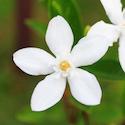Step into a world of botanical wonder as we explore the captivating realm of aerial plants and their harmonious connection to jasmine flowers and plants. Aerial plants, also known as epiphytes, are a captivating group of flora that thrive without the need for soil. With their ethereal beauty and unique growth habits, these plants add a touch of enchantment to any space.
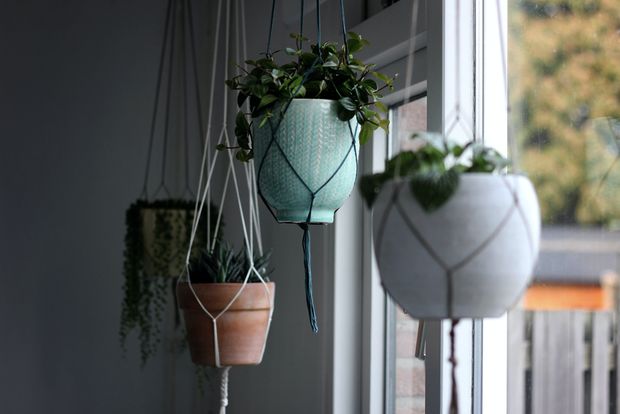
Although there are hundreds of them to choose from, what are five examples of aerial plants?
Staghorn Fern, Spanish Moss, Orchids, String of Pearls, and Tillandsia xerographica are five stunning examples of aerial plants. These plants add beauty and charm to any space, complementing the allure of jasmine flowers.
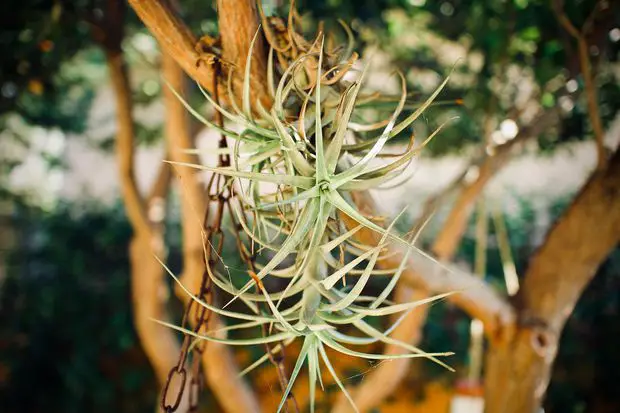
In this article, we will delve into the mesmerizing world of aerial plants, highlighting their alluring qualities and drawing parallels to the grace and allure of jasmine.
Aerial plants possess a distinctive elegance that complements the delicate beauty of jasmine. These plants effortlessly suspend themselves from branches, rock crevices, or other structures, creating an enchanting display that seems to defy gravity. With their graceful tendrils and cascading foliage, aerial plants offer a sense of movement and organic charm reminiscent of the delicate vines of jasmine.
One of the most captivating aspects of aerial plants is their ability to bloom in unexpected locations. Just as jasmine flowers release their intoxicating fragrance, certain aerial plants surprise us with delicate blossoms that add a burst of color and fragrance to the air. Epiphyllum and certain species of Tillandsia (Air Plants) showcase stunning flowers that resemble the ethereal beauty of jasmine blooms. This shared allure draws a captivating parallel between these aerial wonders and the beloved jasmine.
Aerial plants are renowned for their adaptability and resilience, much like jasmine. These plants have evolved to thrive in diverse environments, often with limited resources. They have developed unique adaptations to absorb moisture and nutrients from the air, rain, or debris. Just as jasmine adapts to various growing conditions, aerial plants demonstrate their ability to flourish in both indoor and outdoor settings, making them perfect companions to jasmine in any gardening endeavor.
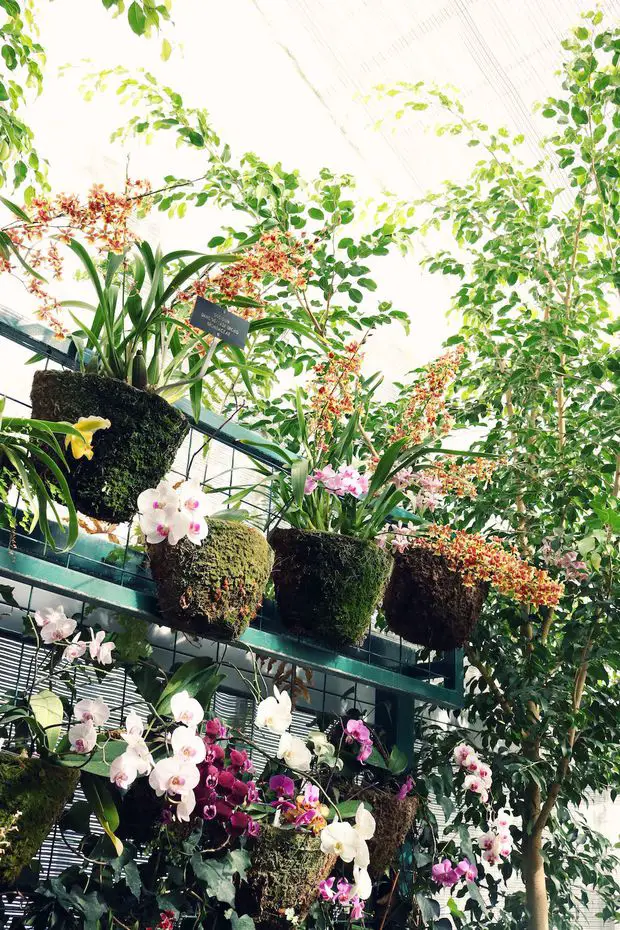
Combining aerial plants with jasmine can create serene and ethereal spaces that evoke tranquility and a sense of natural beauty. Picture the delicate white blossoms of jasmine intertwining with the cascading tendrils of a Staghorn Fern or the dainty flowers of an Epiphyllum. The result is a harmonious tapestry of colors, textures, and fragrances that transport you to a peaceful oasis. By incorporating both aerial plants and jasmine, you can cultivate a sanctuary that nourishes the senses and brings joy to your surroundings.
How do you keep aerial plants alive?
Caring for aerial plants is essential to ensure their health and longevity, allowing them to thrive in their unique and captivating habitat. While these plants may differ in their specific care requirements, there are general guidelines to help you keep your aerial plants vibrant and flourishing alongside your beloved jasmine.
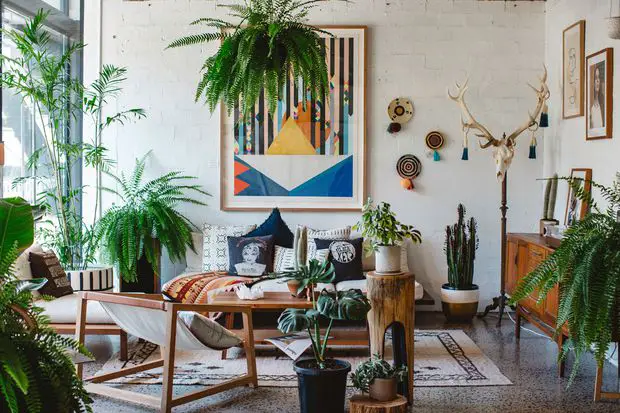
Light: Adequate light is crucial for the well-being of aerial plants. Most of them thrive in bright, indirect light. Place them near a window with filtered sunlight or provide artificial grow lights to mimic their natural habitat.
Watering: Unlike traditional potted plants, aerial plants don't rely on soil for moisture. Instead, they absorb water and nutrients through specialized structures. Mist the plants regularly to provide them with the humidity they require. Additionally, you can soak them in water for a short period, allowing them to absorb moisture fully, and then let them dry before returning them to their display.
Air Circulation: Good air circulation is important to prevent stagnant moisture around the aerial plants. Ensure that the plants are not overcrowded or placed in areas with poor ventilation. Gentle airflow helps to prevent the growth of mold and promotes healthy foliage.
Fertilization: While aerial plants can absorb nutrients from the air and rain, they may benefit from occasional fertilization. Use a diluted balanced fertilizer formulated for epiphytic plants and apply it sparingly during the growing season.
Temperature and Humidity: Most aerial plants prefer moderate temperatures and high humidity. Maintain a comfortable temperature range (typically between 60-80°F or 15-27°C) and consider using a humidifier or placing the plants on a tray filled with water and pebbles to increase humidity levels.
Pruning and Maintenance: Regularly inspect your aerial plants for any signs of damage or pests. Trim off any dead or decaying parts carefully, ensuring a clean cut to promote healthy growth. Monitor the overall health of the plants and take prompt action if any issues arise.
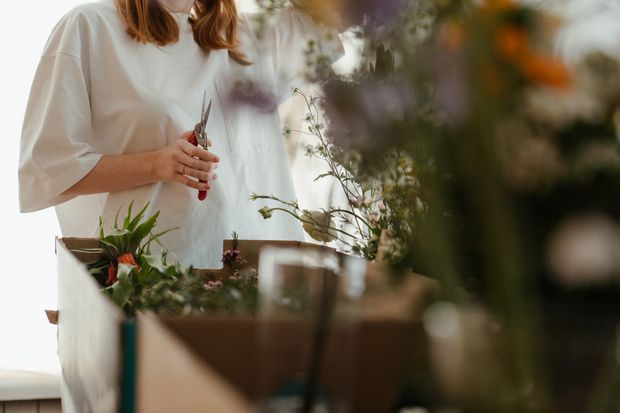
What are five examples of aerial plants?
Here are five remarkable examples of aerial plants that possess captivating beauty, abundant blooms, and can be harmoniously paired with jasmine plants, both indoors and outdoors:
Staghorn Fern (Platycerium spp.)
With its striking antler-like fronds, the Staghorn Fern adds a touch of elegance to any space. Known for its ability to grow on trees or mounted on walls, this fern creates a stunning focal point. Its lush green foliage complements the delicate blooms of jasmine, creating a captivating contrast.
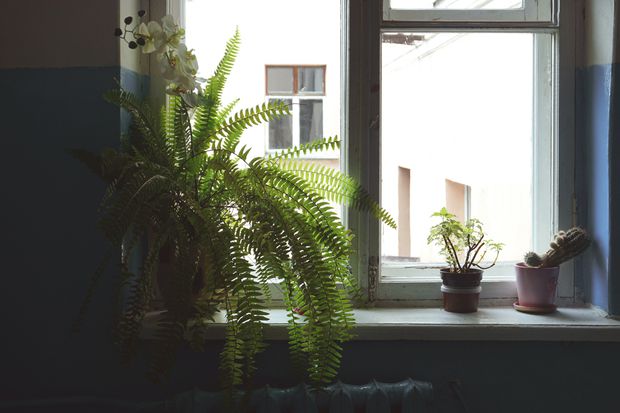
The Staghorn Fern, with its distinctive antler-like fronds, makes a remarkable companion for jasmine plants, both indoors and outdoors. Here's how it would look and how its needs and pests compatibility can be considered:
Indoors:
When placed near a jasmine plant indoors, the Staghorn Fern's lush green foliage and unique form create a captivating contrast against the delicate blooms of jasmine. You can mount the Staghorn Fern on a wooden board or hang it on a wall, allowing its fronds to gracefully cascade downward. The combination of the fern's striking appearance and the fragrant flowers of jasmine adds visual interest and a delightful aroma to your indoor space.
In terms of care, Staghorn Ferns prefer bright, indirect light, making them compatible with jasmine plants that have similar lighting requirements. Both plants can thrive in well-lit areas without direct exposure to harsh sunlight. Additionally, both plants benefit from moderate humidity, making them suitable for indoor environments with adequate moisture levels.
Outdoors:
Outdoors, the Staghorn Fern and jasmine can create a stunning botanical display. You can mount the fern on a tree trunk or attach it to a wall or fence in close proximity to your jasmine plants. The fern's antler-like fronds can serve as a striking backdrop to the jasmine's blooming vines, adding an element of visual drama and elegance to your outdoor space.
When it comes to care, it's important to consider the environmental conditions for both plants. Staghorn Ferns thrive in tropical or subtropical regions, preferring warm temperatures and high humidity. Jasmine plants also thrive in similar conditions, making them compatible in terms of their environmental needs. Regular misting or providing a humid microclimate can help maintain the required moisture levels for both plants.
In terms of pests, Staghorn Ferns and jasmine plants generally face different common pest issues. However, it's always important to inspect both plants regularly for any signs of pests, such as aphids, mealybugs, or scale insects. If detected, appropriate pest control measures should be taken to protect the health of both plants. Overall, the Staghorn Fern and jasmine make a visually captivating and compatible pairing. Their complementary features, care requirements, and resilience against pests make them an ideal combination for creating a harmonious and enchanting indoor or outdoor botanical display.
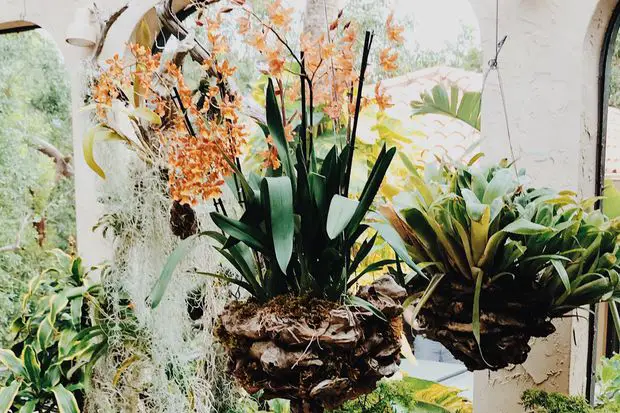
Spanish Moss (Tillandsia usneoides)
Drape your surroundings in ethereal beauty with Spanish Moss. This iconic epiphyte features long, trailing strands that create a whimsical appearance. When combined with jasmine, the delicate white flowers of the moss and the fragrant blossoms of jasmine blend seamlessly, infusing the air with enchantment.
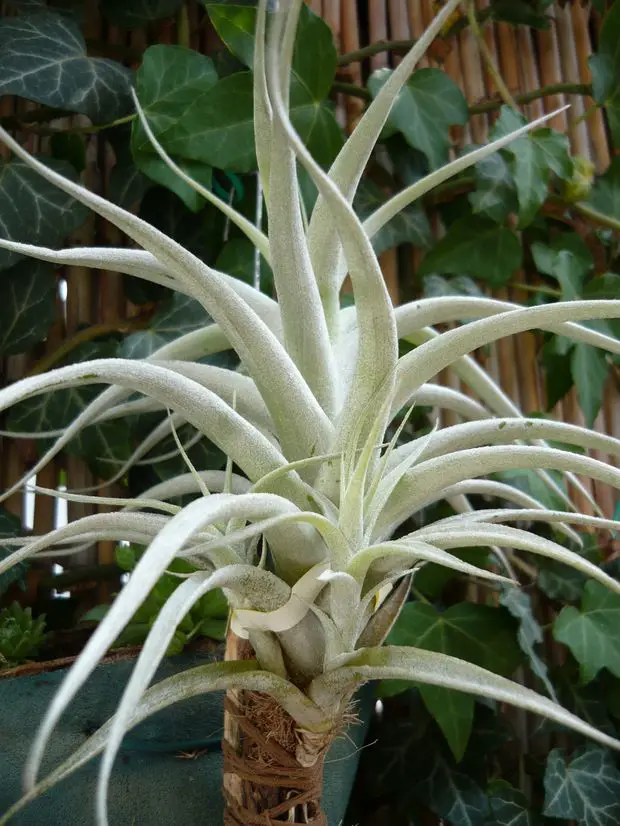
Spanish Moss (Tillandsia usneoides) adds an ethereal touch to any space, and when combined with jasmine plants, it creates a mesmerizing botanical composition. Here's how it would look and how their care and compatibility can be considered:
Indoors:
When used indoors, Spanish Moss can be draped around or hung from fixtures, creating a whimsical and enchanting atmosphere. Its long, trailing strands create a delicate and dreamy appearance that complements the jasmine's beauty. The delicate white flowers of the Spanish Moss and the fragrant blossoms of jasmine blend seamlessly, infusing the air with a captivating aroma and adding a touch of enchantment to your indoor space.
In terms of care, Spanish Moss is an epiphytic plant that doesn't require soil. It absorbs nutrients and moisture from the air, making it a low-maintenance plant. Similarly, jasmine plants can also thrive indoors with moderate watering and bright, indirect light. These shared care requirements make them compatible and convenient to grow together in indoor environments.
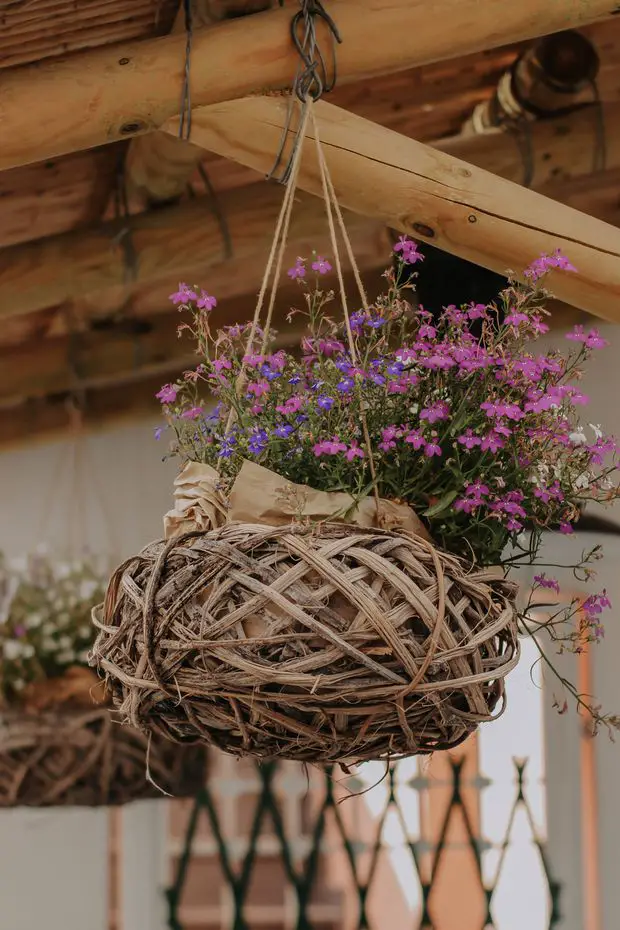
Outdoors:
Outdoors, Spanish Moss can be draped over trees, fences, or other structures, creating a natural and whimsical appearance. When combined with jasmine plants, the trailing strands of the moss provide a visually appealing backdrop to the blooming vines of jasmine. The delicate white flowers of Spanish Moss and the fragrant blossoms of jasmine intermingle, creating a sensory experience that is both visually captivating and aromatic.
Care for Spanish Moss and jasmine outdoors is relatively similar. Both plants enjoy bright, indirect light and moderate watering. They can thrive in areas with high humidity and moderate temperatures, making them compatible in terms of environmental conditions. Regular misting or providing a humid microclimate can help ensure the well-being of both plants.
In terms of compatibility with pests, Spanish Moss and jasmine plants typically face different common pest issues. However, it's always important to monitor both plants for any signs of pests and take appropriate measures to address them if needed.
By combining Spanish Moss and jasmine plants, you can create a captivating display that exudes a sense of enchantment and natural beauty. Their complementary appearances, shared care requirements, and ability to blend seamlessly make them an ideal pairing for adding a touch of whimsy and fragrance to your indoor or outdoor space.
Orchids (Orchidaceae)
Orchids, known for their exquisite blooms, also include several epiphytic species. These stunning plants showcase an array of vibrant colors, intricate patterns, and enticing fragrances. Pairing orchids with jasmine not only creates a visually captivating display but also offers a delightful sensory experience.
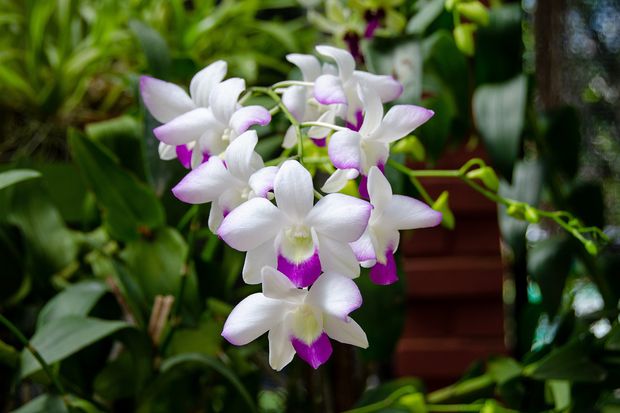
Orchids, with their exquisite blooms and diverse range of colors and patterns, make a stunning addition to any space. When paired with jasmine plants, the combination creates a visually captivating and sensory-rich display. Here's how orchids and jasmine complement each other indoors and outdoors:
Indoors:
Orchids are popular indoor plants due to their beauty and elegance. When placed alongside jasmine plants indoors, the vibrant colors and intricate patterns of orchid blooms create a visually striking contrast against the delicate white flowers of jasmine. The combination of these two plants provides a visually captivating display that adds a touch of sophistication and charm to your indoor space.
In terms of care, orchids and jasmine plants have similar requirements. They both prefer bright, indirect light and moderate humidity. Orchids are known for their specific care needs, such as well-draining potting medium and careful watering. When placed together, you can ensure their care needs are met, making them compatible companions in your indoor gardening endeavors.
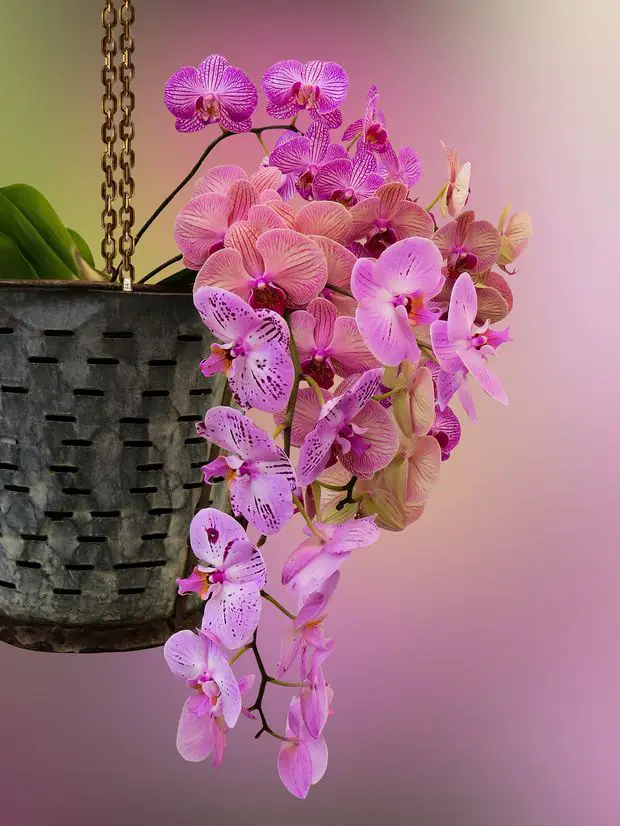
Outdoors:
Orchids can also be grown alongside jasmine plants outdoors, adding beauty and elegance to garden beds, containers, or hanging baskets. Their vibrant colors and enticing fragrances create an enchanting sensory experience when combined with the aromatic blossoms of jasmine. The lush and intricate blooms of orchids serve as a stunning backdrop to the cascading vines of jasmine, enhancing the overall visual appeal of your outdoor space.
In terms of care, both orchids and jasmine plants thrive in similar outdoor conditions. They prefer well-draining soil, partial shade, and moderate watering. While specific care requirements may vary depending on the orchid species, you can create a harmonious environment by considering their shared needs and ensuring they receive adequate light, water, and proper air circulation.
The combination of orchids and jasmine not only offers a visually captivating display but also creates a delightful sensory experience. Their vibrant colors, intricate patterns, and enticing fragrances blend harmoniously, adding a touch of elegance and allure to your indoor or outdoor garden.
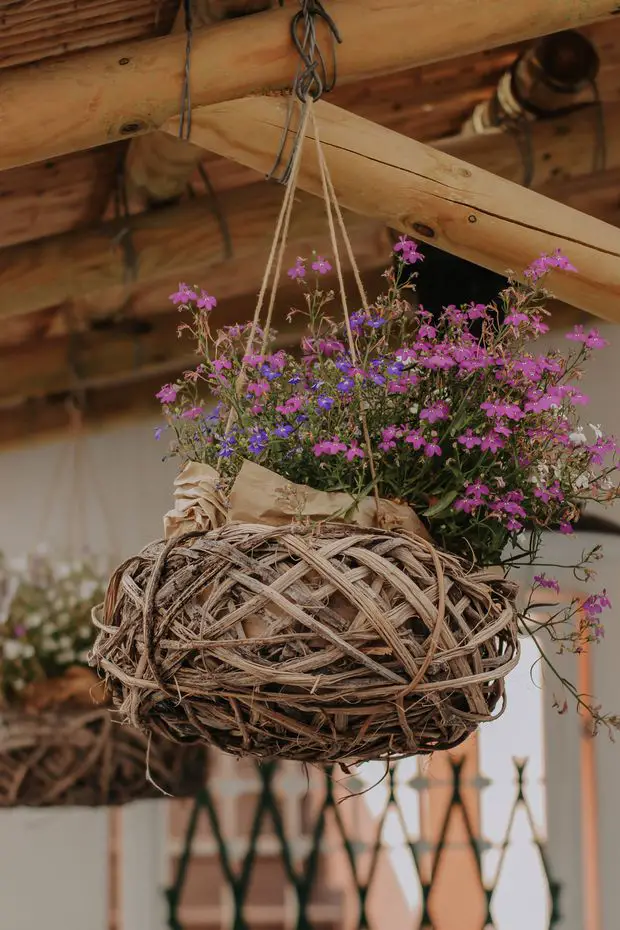
String of Pearls (Senecio rowleyanus)
The String of Pearls is a delightful trailing succulent that adds a unique charm to any setting. Its bead-like foliage cascades gracefully, reminiscent of jasmine vines. Placing these plants side by side creates a mesmerizing visual effect, with the lush green pearls harmonizing with the delicate blooms.
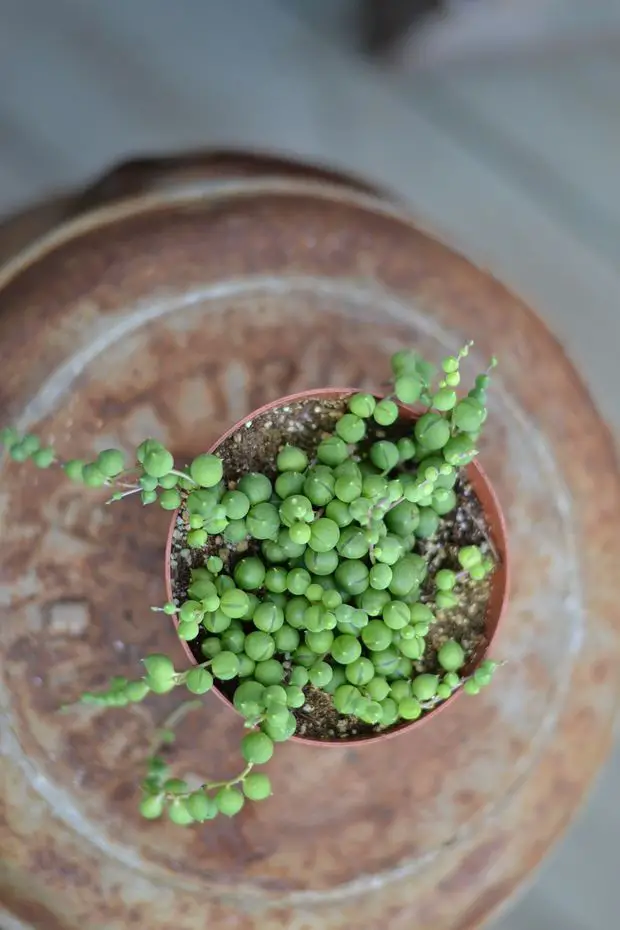
String of Pearls (Senecio rowleyanus) is a charming trailing succulent that can beautifully complement jasmine plants in both indoor and outdoor settings. Here's how the combination of String of Pearls and jasmine creates a mesmerizing visual effect:
Indoors:
When placed alongside jasmine plants indoors, the String of Pearls creates an interesting contrast with its cascading bead-like foliage. The lush green pearls of the succulent harmonize with the delicate blooms of jasmine, offering a visually captivating display. The combination of their different textures and shades of green adds depth and visual interest to your indoor space.
In terms of care, both String of Pearls and jasmine plants can thrive indoors. String of Pearls prefers bright, indirect light and well-draining soil. It is a drought-tolerant succulent that requires infrequent watering. Jasmine plants also appreciate bright light and moderate watering. Their similar care requirements make them compatible choices for indoor gardening, allowing you to provide them with the necessary conditions for healthy growth.
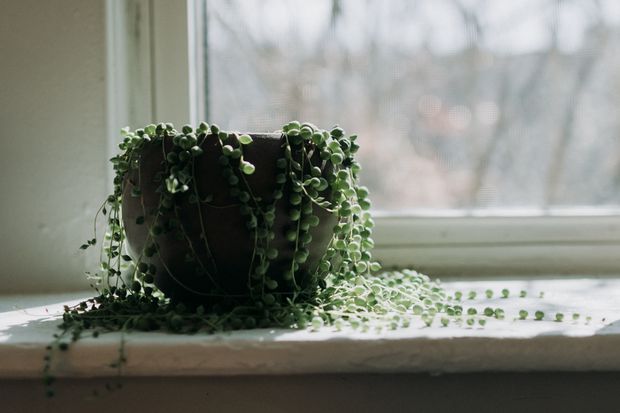
Outdoors:
In an outdoor setting, the cascading foliage of the String of Pearls complements the trailing vines of jasmine, creating a visually captivating combination. The lush green pearls of the succulent add a touch of whimsy and uniqueness to the delicate blooms of jasmine. Whether grown in containers, hanging baskets, or cascading over walls or trellises, the combination of String of Pearls and jasmine adds a vibrant and eye-catching element to your outdoor garden.
In terms of care, both plants enjoy bright, indirect light and well-draining soil. They can thrive in areas with moderate temperatures and appropriate watering. The String of Pearls' ability to withstand periods of drought makes it a suitable companion for jasmine plants, as long as their water requirements are balanced.
By combining String of Pearls and jasmine, you can create a mesmerizing visual effect where the cascading foliage of the succulent and the delicate blooms of jasmine harmonize in a captivating way. Whether indoors or outdoors, this combination adds charm, uniqueness, and a touch of natural beauty to your living spaces.
Tillandsia xerographica
This magnificent air plant boasts silvery-gray leaves that form an elegant rosette shape. With its architectural beauty, the Tillandsia xerographica becomes a captivating focal point in any arrangement. Pairing it with jasmine adds a touch of softness and fragrance, elevating the overall aesthetic appeal.
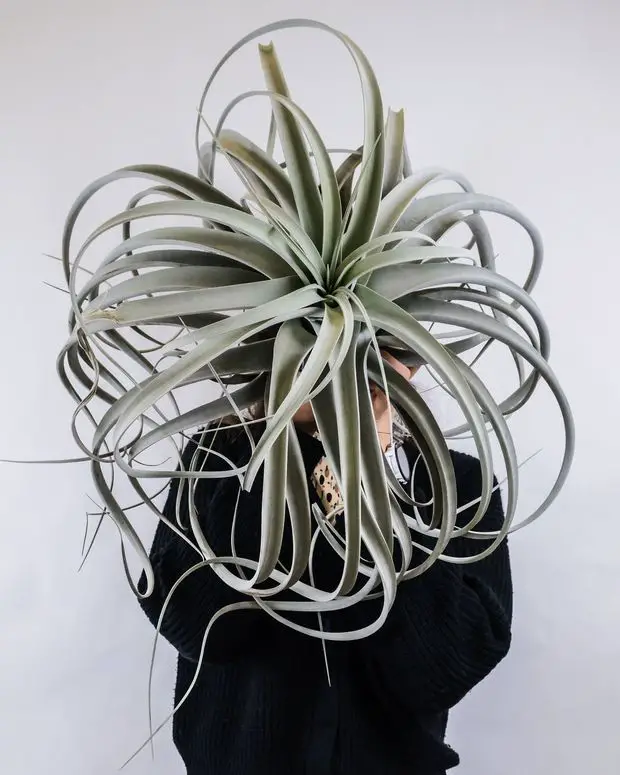
Tillandsia xerographica, a magnificent air plant with silvery-gray leaves in an elegant rosette shape, can create a captivating focal point when combined with jasmine. Here's how this pairing enhances the overall aesthetic appeal:
Indoors:
When placed alongside jasmine plants indoors, Tillandsia xerographica's architectural beauty stands out. The silvery-gray leaves form a striking contrast against the delicate blooms of jasmine. The combination of their distinct textures and shapes adds visual interest and creates a harmonious display. Additionally, the softness and fragrance of jasmine complement the unique and eye-catching appearance of Tillandsia xerographica, enhancing the sensory experience in your indoor space.
Caring for Tillandsia xerographica indoors is relatively easy. As an air plant, it doesn't require soil and instead absorbs nutrients and moisture from the air. It thrives in bright, indirect light and benefits from occasional misting or soaking. Jasmine plants, on the other hand, prefer moderate light and watering, making them compatible companions in terms of care requirements.
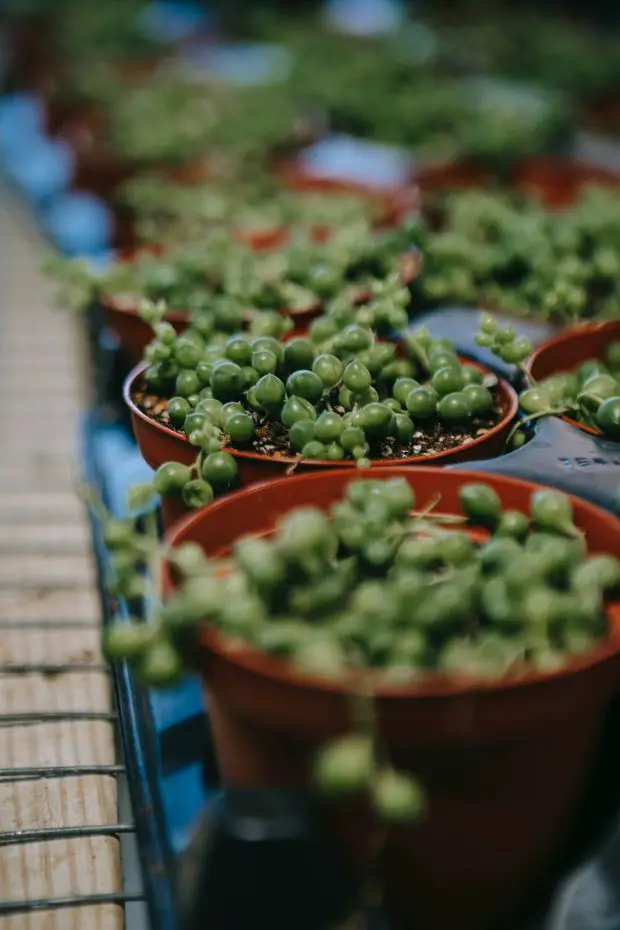
Outdoors:
In an outdoor setting, Tillandsia xerographica becomes a captivating addition to any arrangement or garden bed when paired with jasmine. The silvery-gray leaves and rosette shape of the air plant create a unique and visually appealing focal point. When combined with the delicate and fragrant blossoms of jasmine, the pairing adds softness and fragrance to the overall outdoor aesthetic. The contrasting textures and colors of the two plants create an enchanting display that can elevate the beauty of your outdoor space.
Caring for Tillandsia xerographica outdoors involves providing it with proper air circulation, bright but indirect light, and occasional misting or soaking. These care requirements can be managed alongside jasmine plants, as they both thrive in similar light and watering conditions.
By pairing Tillandsia xerographica with jasmine, you can create an aesthetically pleasing arrangement or garden display. The architectural beauty of the air plant complements the delicate beauty of jasmine, resulting in a visually captivating combination. Whether indoors or outdoors, this pairing adds an element of elegance, fragrance, and natural charm to your living spaces.
Incorporating these five exceptional examples of aerial plants into your indoor or outdoor spaces allows you to create a breathtaking tapestry of textures, colours, and fragrances. The combination of their unique forms, abundant blooms, and delicate foliage harmonizes beautifully with the grace and allure of jasmine plants, resulting in an enchanting display that will captivate the senses and create an oasis of natural beauty.
Final thoughts
Incorporating aerial plants alongside jasmine allows you to create a harmonious and captivating display that enhances the overall beauty of your space. Whether indoors or outdoors, these plants provide versatility and add an element of natural charm to your surroundings.
When combining aerial plants with jasmine, a harmonious and captivating display is created, elevating the beauty of your indoor or outdoor space. The Staghorn Fern's elegant fronds beautifully contrast with jasmine blooms, while Spanish Moss adds an ethereal touch. Orchids offer vibrant colors and fragrances that blend seamlessly with jasmine. The String of Pearls cascades gracefully, resembling jasmine vines. Tillandsia xerographica's silvery leaves create an architectural focal point, enhanced by jasmine's softness and fragrance.
Embrace the allure of aerial plants, allowing them to enhance the charm of jasmine, creating a captivating and magical environment. Explore the endless possibilities for creating breathtaking displays and enjoy the pleasures of gardening, immersing yourself in the natural beauty of these plants. Incorporate these enchanting combinations into your home or garden, and experience the joy of a harmonious blend of aerial plants and jasmine, where nature's wonders come together in perfect harmony.
